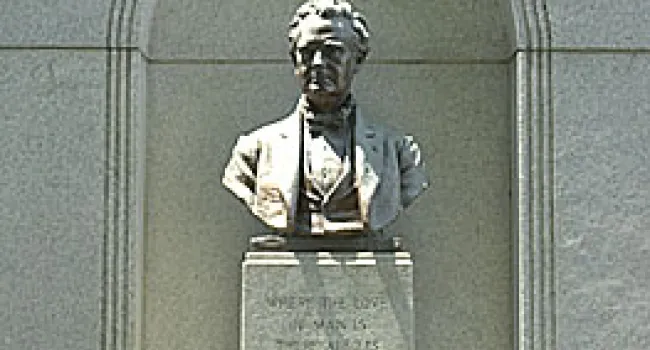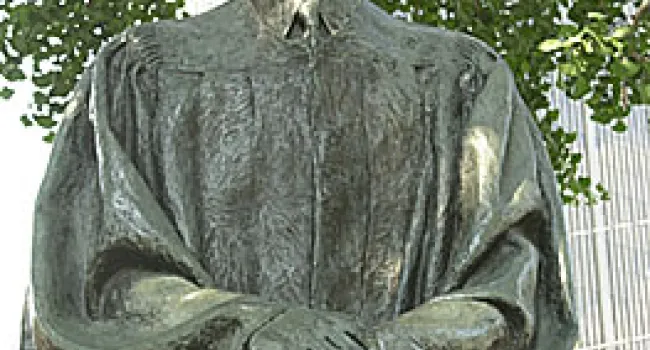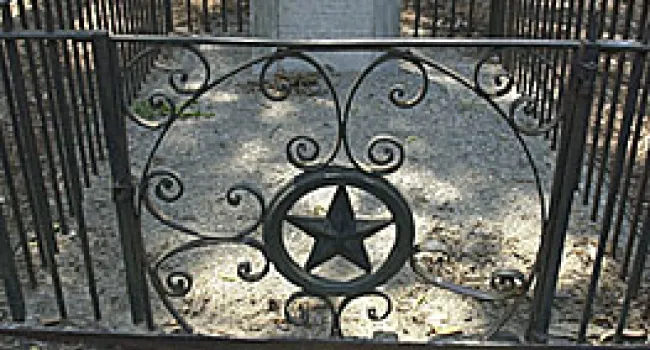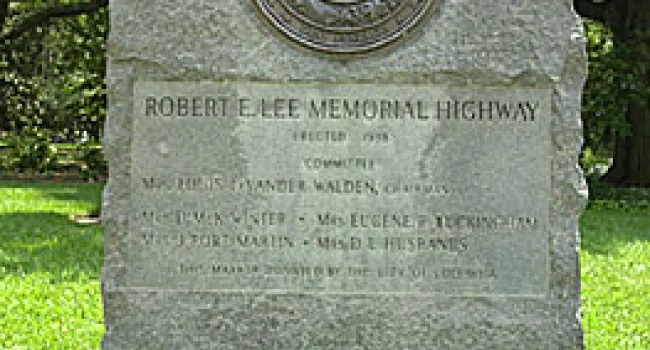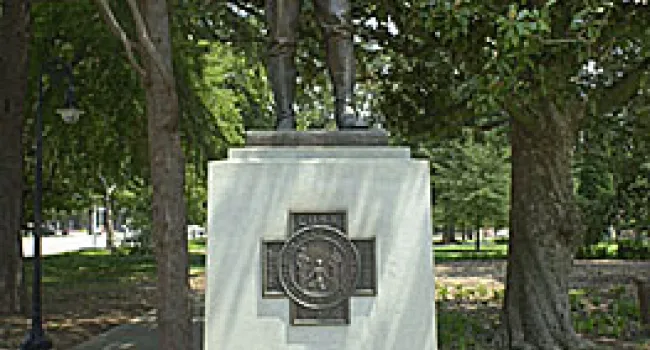
The first State House built in Columbia was large for its day, but it lacked adequate facilities for the transaction of state business and affairs. Construction began in 1787, but it was still unfinished when the General Assembly convened there for the first time in July 1790. Surrounded by woods, as were most structures in Columbia at the time, the first State House was hastily and cheaply constructed of wood. It was also described as uncomfortable and constantly in need of repairs. The only other building on the grounds was a small wooden house provided for the caretaker. The first State House was burned by Sherman’s troops in 1865.
When one looks at the spacious grounds and urban setting of the present State House, it is difficult to imagine how the first State House must have appeared to visitors to Columbia in the 1790s. It was situated in the middle of the wilderness, in an area that was still considered the frontier region of South Carolina. When George Washington toured South Carolina in 1791, he described Columbia by saying that it “. . . had better been placed on the river below the falls. It is now an uncleared wood, with very few houses in it, and those all wooden ones. The State House (which is also of wood) is a large and commodious building, but unfinished.”
While popular opinion has always stated that the first Columbia State House was designed by architect James Hoban, who also designed the White House and other federal buildings in Washington, D.C., evidence has never been found to document that theory. More modern researchers doubt that Hoban was the architect. One author stated, “While there is a mysterious and unfounded legend that the statehouse was the work of James Hoban — the Irish architect of the White House — voluminous documents indicate that it was the product of a collaboration between a committee and a master builder.” In Creating the South Carolina State House, the most recent publication on the history and construction of the South Carolina seat of government, author John M. Bryan writes, “The association of Hoban with the State House has persisted because it was both possible and appealing . . . George Washington wrote a letter introducing Hoban to the commissioners of the Federal District and did not mention the South Carolina State House. If Hoban had designed it, Washington would have mentioned it: only eleven months earlier he had visited Columbia, attended a ball in the unfinished building, and mingled with those responsible for its construction. Washington’s silence should stifle any lingering echoes of the mysterious, unfounded legend.”






